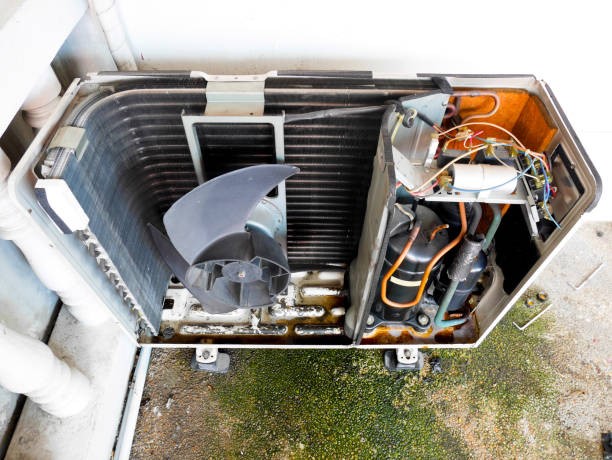As temperatures dip, the efficiency of your home heating system moves front and center. Understanding the efficiency of your furnace can not only enhance comfort but also lead to significant savings on energy bills. This is where the Annual Fuel Utilization Efficiency (AFUE) rating comes into play. Let’s explore what AFUE means and how it relates to your furnace’s efficiency, ensuring you make informed decisions about heating your home.
What is AFUE?
AFUE stands for Annual Fuel Utilization Efficiency, a metric used to rate furnace efficiency in converting fuel to energy. Essentially, it measures how well your furnace uses natural gas, oil, or other fuels to produce heat over a typical year. The AFUE rating is expressed as a percentage, indicating the proportion of fuel converted into usable heat versus the amount lost in the combustion process.
An AFUE rating of 90%, for instance, indicates that 90% of the fuel used in the furnace is converted into heat for your house, with the other 10% escaping through the chimney or some other method.
Why Does AFUE Matter?
- Cost Savings:
The furnace is more efficient the higher its AFUE rating. High-efficiency furnaces convert most of the fuel to heat, reducing wasted energy and lowering utility bills.
- Environmental Impact:
Furnaces with higher AFUE ratings use less fuel, leading to less waste and lower emissions. Opting for a more efficient furnace can reduce your home’s carbon footprint.
- Comfort and Reliability:
High-efficiency furnaces often come with features that enhance comfort, such as more precise temperature control and consistent heat output. These systems can also be more reliable and require less maintenance over time.
Understanding AFUE Ratings
Furnace efficiency has improved significantly over the years, with modern furnaces offering AFUE ratings ranging from around 80% to over 98%. To put this into perspective:
Older, Low-Efficiency Furnaces:
These typically have AFUE ratings between 56% and 70%. They are less efficient because a considerable portion of heat is lost through the flue.
Mid-Efficiency Furnaces:
With AFUE ratings between 80% and 83%, these furnaces are more efficient and cost-effective for homeowners.
High-Efficiency Furnaces:
These boast AFUE ratings of 90% to 98.5%, representing the pinnacle of furnace technology with minimal energy waste.
Choosing the Right AFUE Rating for Your Home
Selecting a furnace with the appropriate AFUE rating involves balancing initial investment with long-term savings. While high-efficiency furnaces may come with a higher upfront cost, the reduction in monthly energy bills can make them more economical over the lifespan of the furnace. Consider factors such as your local climate, the size of your home, and how long you plan to stay in your current residence when deciding on the AFUE rating that best suits your needs.
The Value of a High AFUE Rating
Understanding and considering the AFUE rating when selecting a new furnace can lead to better energy efficiency, lower heating costs, and a reduced environmental impact. As you weigh your options, remember that investing in a furnace with a high AFUE rating is not just about immediate comfort; it’s about making a smart, sustainable choice for the future.
Whether upgrading an outdated system or choosing a furnace for a new home, paying attention to the AFUE rating will ensure you select a heating system that offers the best value, efficiency, and comfort for your family.

